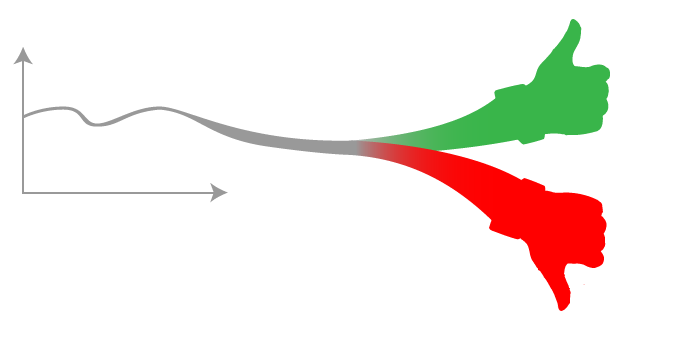Population, billions of people
Population
Global population has increased by almost 30% since 1992, driven mainly by increases in Asia and Africa. However, the rate of population growth has continued to fall and population is expected to stabilise this century, as more countries enter the latter stages of the demographic transition, when birth rates fall to match death rates. View data & sources
Life expectancy at birth in years
Life expectancy
Life expectancy has increased with relative consistency around the world, by around three to six years. But there’s still a huge range between high-income and low-income countries: babies in many rich countries can expect to live more than 80 years, whereas in some of the poorest countries the figure is less than 50. View data & sources
Under-fives deaths per 1000 live births
Child mortality
Rising life expectancy reflects improving health standards. Child mortality is down by around a third, though more than 5% of babies still die before their fifth birthday. Maternal mortality – death in childbirth – has fallen even faster, dropping by around half. View data & sources
Millions of people living on $1.25/day (2005 PPP)
Extreme poverty
Extreme poverty, shown here as the total number of people living on less than $1.25 a day, has fallen significantly – by around a third – driven partly by rising incomes in east Asia. Globally, however, more than a billion people still live below this threshold, almost all of them in Africa and Asia. View data & sources
Global food supply per person (kcal/day)
Food production per person
Food production has continued its upward trend, comfortably outstripping population growth. That means the calories produced per person has increased, a feat enabled mainly by increasing agricultural productivity. The downside with the increasing intensity of agricultural is the environmental impacts, such as fertiliser run-off and soil degradation. View data & sources
People hungry (millions)
Hunger
Despite more food being produced, the number of people going hungry has risen in recent years. That is partly the result of increasing food prices, which in turn have been caused by a wide range of factors, including financial speculation in the food sector and more grain being diverted to feed animals and manufacture biofuels. View data & sources
Current US dollars
GDP per capita
GDP per person has increased significantly over the past 20 years across much of the world – though the rise has been particularly sharp in rapidly growing China. The economic crisis since 2008 has levelled off incomes in some countries, but globally the upward trend has continued. View data & sources
People killed
Battle-related deaths
Battle-related deaths include all the casualties – military and civilian – associated with battle-related conflicts. The general trend appears downwards, though the two huge spikes in the early 1990s and early 2000s show that this measure of human progress is prone to extreme volatility. View data & sources
Angola
India
Sudan
Iraq
Eritrea
Sri Lanka
Afghanistan
Ethiopia
Other
% of people
Social change
There have been many significant social changes in the past two decades, including improvements in school attendance, literacy and female representation in positions of power and influence. There has also been a massive shift from rural to urban living. More than half of the world’s people now live in towns and cities. View data & sources
Out of ten
Life satisfaction
Measuring happiness or life satisfaction is extremely difficult, due to methodological challenges such as different cultural interpretations of subjective questions. However, the survey evidence available suggests that average life satisfaction has edged downwards. View data & sources
Number of planet Earths
Ecological footprint
Humanity’s ecological footprint is a measure of the amount of land needed to sustainably support our lifestyles. To live sustainably as the world does now, we would need more than one and a half Earths, up from around one and a quarter in 1992. Our carbon emissions are a particular worry, having increased far more than in most official predictions, raising the prospect of runaway climate change within decades. View data & sources
Living Planet Index (1970 = 1)
Biodiversity
Our environmental impact is already affecting the world’s plant and animal species quite seriously. Global biodiversity has continued the long-term decline that has led some commentators to describe the human era as planet’s sixth period of mass extinction. Although consumption per person is much higher in the rich world, most of the species losses have been in poorer tropical regions. View data & sources
Go back to review the evidence
You have already responded
See the results
Note! This content works much better in a modern web browser.
